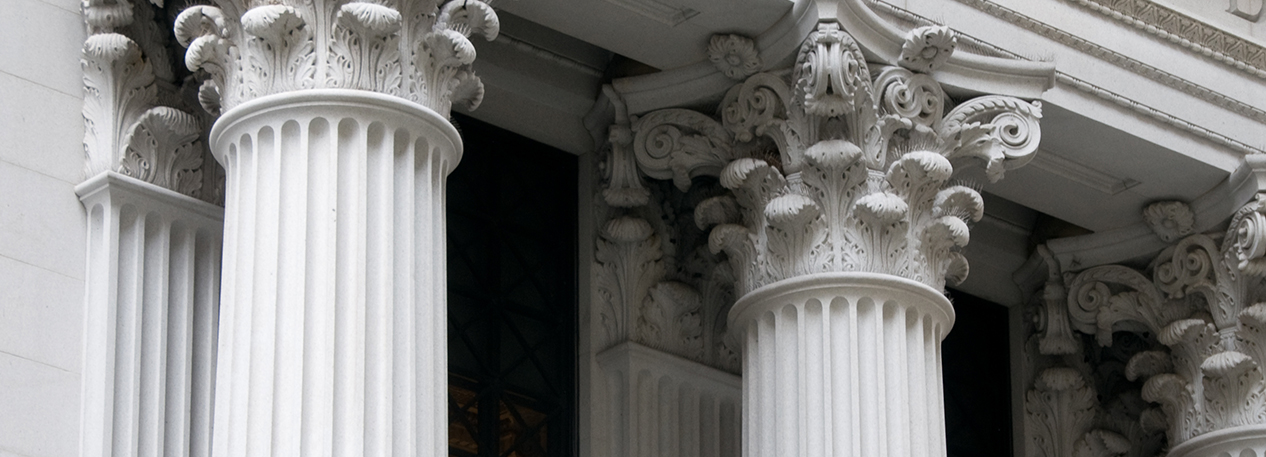Thanks to the U.S. fractional reserve banking system, commercial banks can lend out much of their cash deposits, keeping only a fraction as reserves. But there’s a second, less widely recognized source of liquidity for banks: the deposits they obtain through their own lending. This latter source of bank liquidity — called “funding liquidity creation” — enables banks to lend out more than what’s allowed based on their supply of cash deposits.1 Consider this example: A bank loans out x dollars; it records the loan on its balance sheet as an asset of x dollars but also makes a deposit (liability) entry of x dollars, thereby creating a deposit even though no one deposited x dollars in the bank.
For their paper, “Funding Liquidity Creation by Banks,” Anjan Thakor of Washington University in St. Louis and Edison Yu of the Federal Reserve Bank of Philadelphia estimated the amount of funding liquidity created in the U.S. banking system. Building upon this estimate, they also isolated bank-specific factors that determine how much funding liquidity the system creates. Furthermore, they investigated whether banks can expand lending even when their inflow of cash deposits decreases.
To compare total U.S. bank lending to available cash deposits, they first calculated a bank funding liquidity creation multiplier (defined as the ratio of total deposits to cash deposits). Next, they measured the dollar value of bank funding liquidity creation as the difference between total deposits and cash deposits. For their calculations, they utilized Call Report data from 1973 to 2020, which contain quarterly information on bank balance sheets submitted to bank regulators.2 The authors also used data on natural disasters as a “natural experiment,” allowing them to determine whether liquidity creation can expand even when cash deposits fall during an emergency.
The authors find that total deposits created from aggregate funding liquidity varied over time and were influenced by swings in loan demand as well as Federal Reserve policy. In particular, they find a big rise in the liquidity multiplier starting in the early 1980s and ending with the financial crisis of 2008, representing a large expansion of loans and liquidity creation on the part of banks.3 This long expansion was followed by a big drop in the multiplier during the financial crisis (which the authors attribute to declining loan demand and a big infusion of reserves into the banking system by the Federal Reserve) and then a gradual increase in the multiplier until the COVID-19 pandemic. The liquidity multiplier dropped again after the Federal Reserve poured reserves into the banking system to address the COVID-19 shock.
Further, they find that, during the 2008 financial crisis, deposits and bank lending did not rise significantly following the Federal Reserve’s policy measures, which were meant to increase the flow of credit to firms and households. Moreover, no sizable increase in U.S. lending or deposits occurred following the Federal Reserve’s actions to greatly boost reserves in 2020 during the COVID-19 pandemic.
The authors also show that a very high percentage of deposits in the banking system reflects private money creation by banks. Averaging over the period from 2001 to 2020, 92 percent of deposits in the banking system resulted from funding liquidity created by the lending activities of banks, with the remaining 8 percent accounted for by cash deposits. This high percentage of funding liquidity, the authors explain, implies that “the availability of cash deposits is not a big constraint on bank lending.” Further, they report that banks created a huge amount of funding liquidity, with liquidity creation between 2011 and 2020 amounting to, on average, $10.7 trillion per year — equivalent to 57 percent of gross domestic product (GDP).
Finally, their analysis of natural disasters refutes the traditional view that only cash deposits lead to loan creation. Following the logic of this traditional view, people withdraw more cash during emergencies, so lending must go down. However, the authors find that the opposite occurred. Banks funded reconstruction projects by creating deposits through lending to meet the demand for loans associated with natural disasters. This means that banks were creating more liquidity funding even when cash deposit balances were falling. Delving deeper, they find that during emergencies, banks with higher capital and with branches closer to disaster sites created the most liquidity.
The authors conclude that both loan demand and how well capitalized a bank is — rather than a bank’s level of cash deposits — largely determine how much funding liquidity a bank can create. Given this finding, the authors suggest that efforts by the Federal Reserve to jump-start an ailing economy by increasing reserves, which will then show up as higher deposit balances in banks, “will not necessarily be effective in increasing bank lending.”
- The views expressed here are solely those of the authors and do not necessarily reflect the views of the Federal Reserve Bank of Philadelphia or the Federal Reserve System.
- The idea that banks can create deposits by their own lending was recognized by Keynes, among other early economists. See, for example, John Maynard Keynes, A Treatise on Money. New York: Harcourt, Brace and Company, 1930.
- The Call Report data are from the Federal Deposit Insurance Corporation’s Consolidated Reports of Condition and Income.
- The authors attribute the rise in the liquidity multiplier between 1980 and the financial crisis to various factors, including lower reserve requirements and higher loan demand in mortgages.
